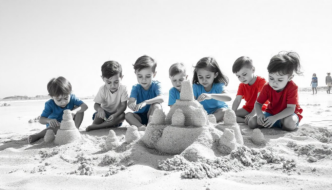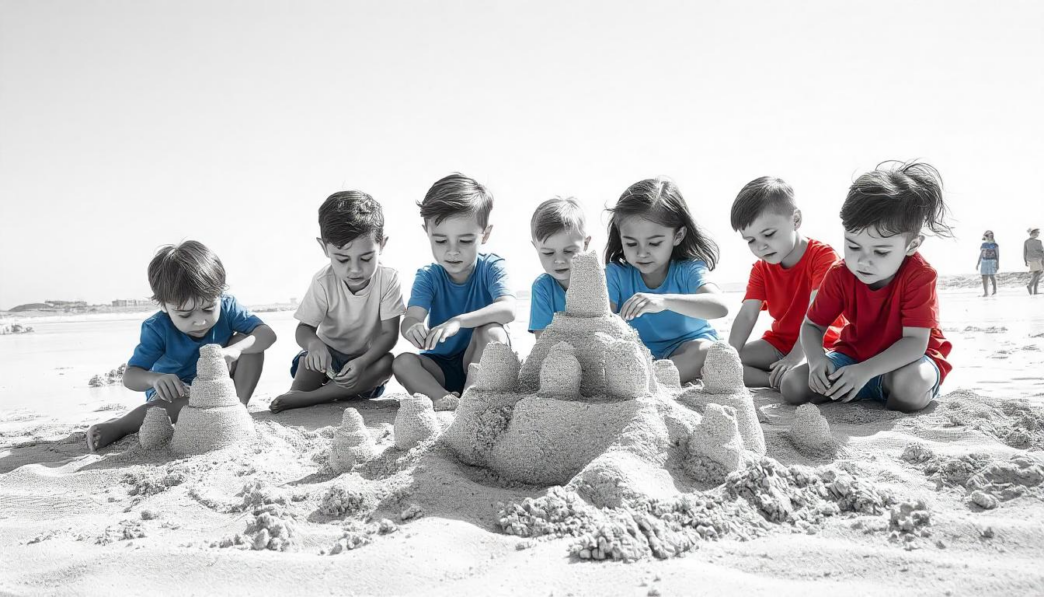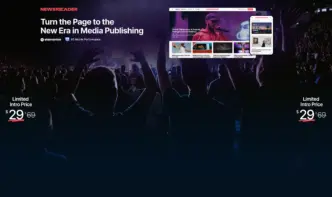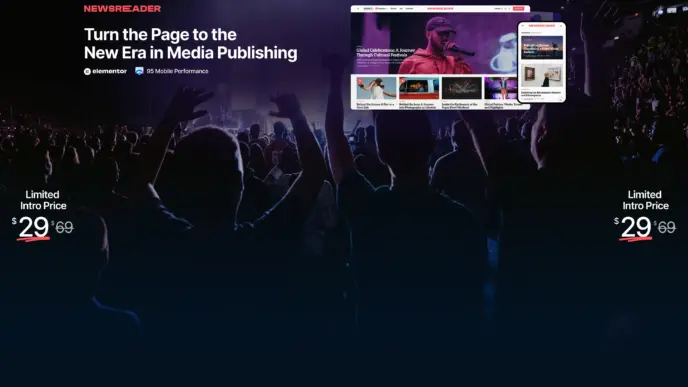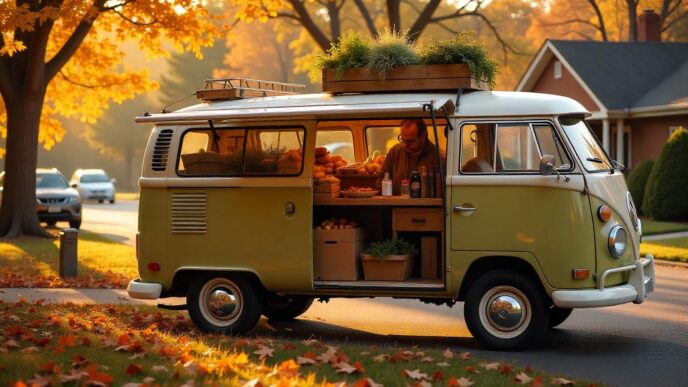Kids are naturally curious, and when they hear words like Democrat and Republican on TV or at the dinner table, they often ask:
“What do those words mean?”
Politics can feel complicated—even for adults! But explaining the difference between the two major U.S. political parties to kids doesn’t have to be confusing or biased.
So, how do you break it down in a way that’s simple, neutral, and easy for children to understand? Let’s go step by step!
Step 1: Start with the Basics – What Are Political Parties?
Before talking about Democrats and Republicans, kids need to understand what a political party is.
Here’s an easy way to explain it:
👉 A political party is a group of people who believe in similar ideas about how to run the country. They work together to make laws and help decide things like taxes, schools, and health care.
You can compare it to teams in sports:
✔ Football teams play the same game, but they have different strategies.
✔ Political parties also want the country to be successful, but they have different ideas on how to do it.
This helps kids understand that Democrats and Republicans both care about America—but they have different ways of solving problems.
Step 2: Explain the General Differences
Now that they understand what a political party is, you can talk about the main differences between Democrats and Republicans.
Here’s a simple way to explain it:
| Topic | Democrats 🟦 | Republicans 🟥 |
|---|---|---|
| Big or Small Government? | Want the government to help people more (like free school lunches & healthcare). | Want the government to be smaller and let people make their own choices. |
| Taxes | Believe rich people should pay more taxes to help everyone. | Believe taxes should be lower for everyone. |
| Helping People | Think the government should provide more services (like free college or healthcare). | Think people and businesses should help each other, not rely on the government. |
| Environment 🌎 | Believe we should have strong rules to protect nature and fight climate change. | Believe protecting nature is important but don’t want too many rules for businesses. |
| Guns 🔫 | Want stricter rules on who can own guns. | Believe people should have more freedom to own guns. |
| Health Care 🏥 | Want health care to be affordable or free for everyone. | Think people should choose and pay for their own health care. |
🎨 Analogy for Kids:
✔ Democrats are like people who want a big team to help with chores. Everyone works together, and some people do extra work to help others.
✔ Republicans are like people who believe each person should do their own chores without needing extra help.
💡 Important Note:
Both parties want what’s best for the country—they just have different ideas about how to get there.
Step 3: Use Everyday Examples
Kids understand politics better when you use real-life situations they can relate to. Here are some easy examples:
Example 1: Sharing a Pizza 🍕
Imagine there’s a big pizza at a party. How should it be divided?
✔ Democrats might say: “Let’s make sure everyone gets a fair piece, even if some people didn’t bring money for the pizza.”
✔ Republicans might say: “If you paid for the pizza, you get to decide how much you eat, but you can share if you want to.”
Both ideas make sense in different ways, which is why people have different opinions!
Example 2: School Rules 📚
Imagine your school is deciding whether to have more playground rules.
✔ Democrats might say: “We need rules to keep everyone safe, so let’s have a teacher watching and limit how fast kids run.”
✔ Republicans might say: “Too many rules take away the fun! Let kids play how they want unless something really bad happens.”
Again, both sides want kids to have fun, but they have different ideas on how to do it.
Step 4: Teach Kids to Respect Different Opinions
Once kids understand the differences between political parties, it’s important to teach them that:
✔ Neither party is “good” or “bad”—people just have different opinions.
✔ It’s okay to disagree, as long as we listen to each other and respect different views.
✔ Some people are in the middle and don’t fully agree with one party or the other.
You can also tell them that there are other political parties besides Democrats and Republicans, like the Green Party or Libertarians, but these two are the biggest.
Step 5: Answer Their Questions!
Kids love to ask “Why?” so be ready for more questions! Here are some common ones you might hear:
🔹 Q: Which party is better?
✔ Answer: “Neither one is better. It depends on what you believe is the best way to help people.”
🔹 Q: What party are you in?
✔ Answer: “That’s a personal choice! People pick parties based on what they believe in. Some people don’t choose a party at all.”
🔹 Q: Can a kid be a Democrat or Republican?
✔ Answer: “You don’t have to pick a party now! When you grow up, you’ll learn more and decide for yourself.”
Final Thoughts: Keep It Simple & Fair
Explaining politics to kids doesn’t have to be complicated or divisive. By keeping it simple, neutral, and using everyday examples, kids can learn to understand political differences without judgment.
🎯 Key Takeaways:
✔ Democrats and Republicans both want to help the country—they just have different ideas on how to do it.
✔ One party believes in more government help, while the other believes in more personal responsibility.
✔ Respecting different opinions is important, even if we don’t always agree.
At the end of the day, the most important lesson we can teach kids about politics is to listen, learn, and be kind—because understanding each other is what truly makes a great democracy.
💬 How do you explain politics to kids? Share your ideas in the comments! 👇
